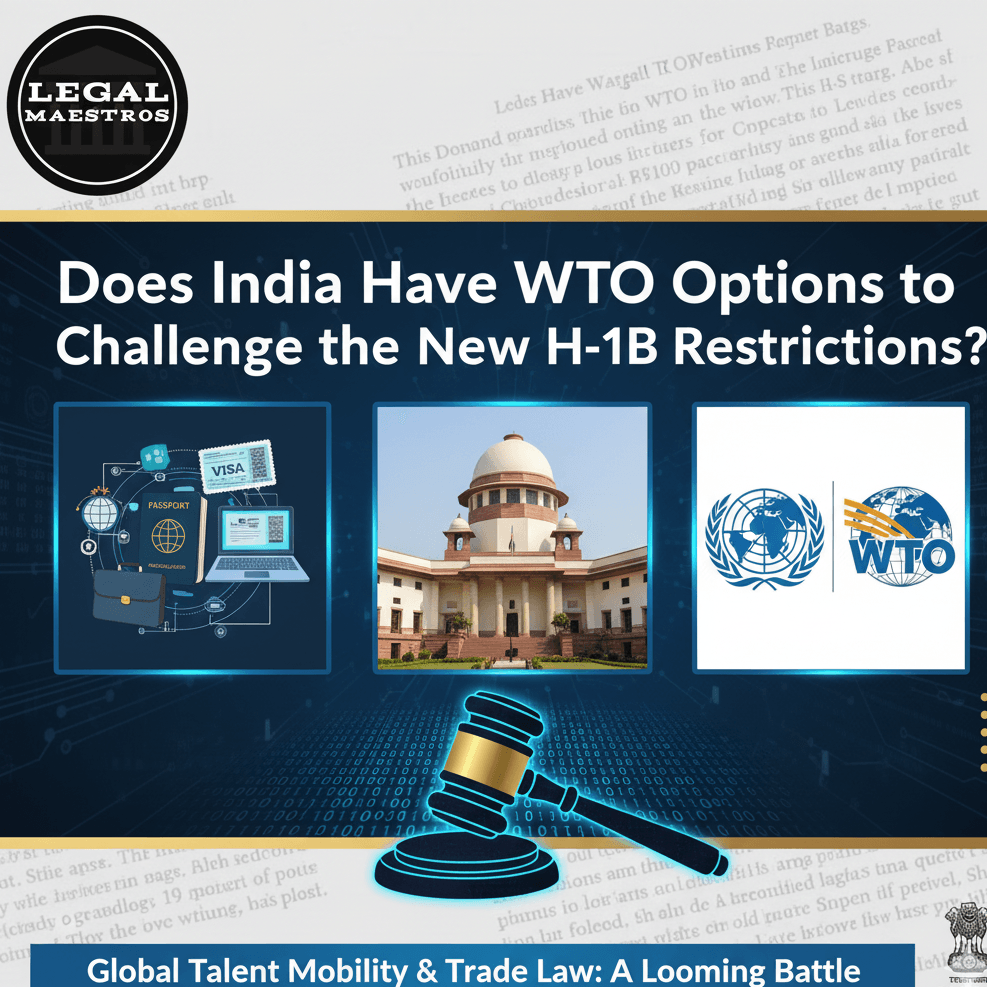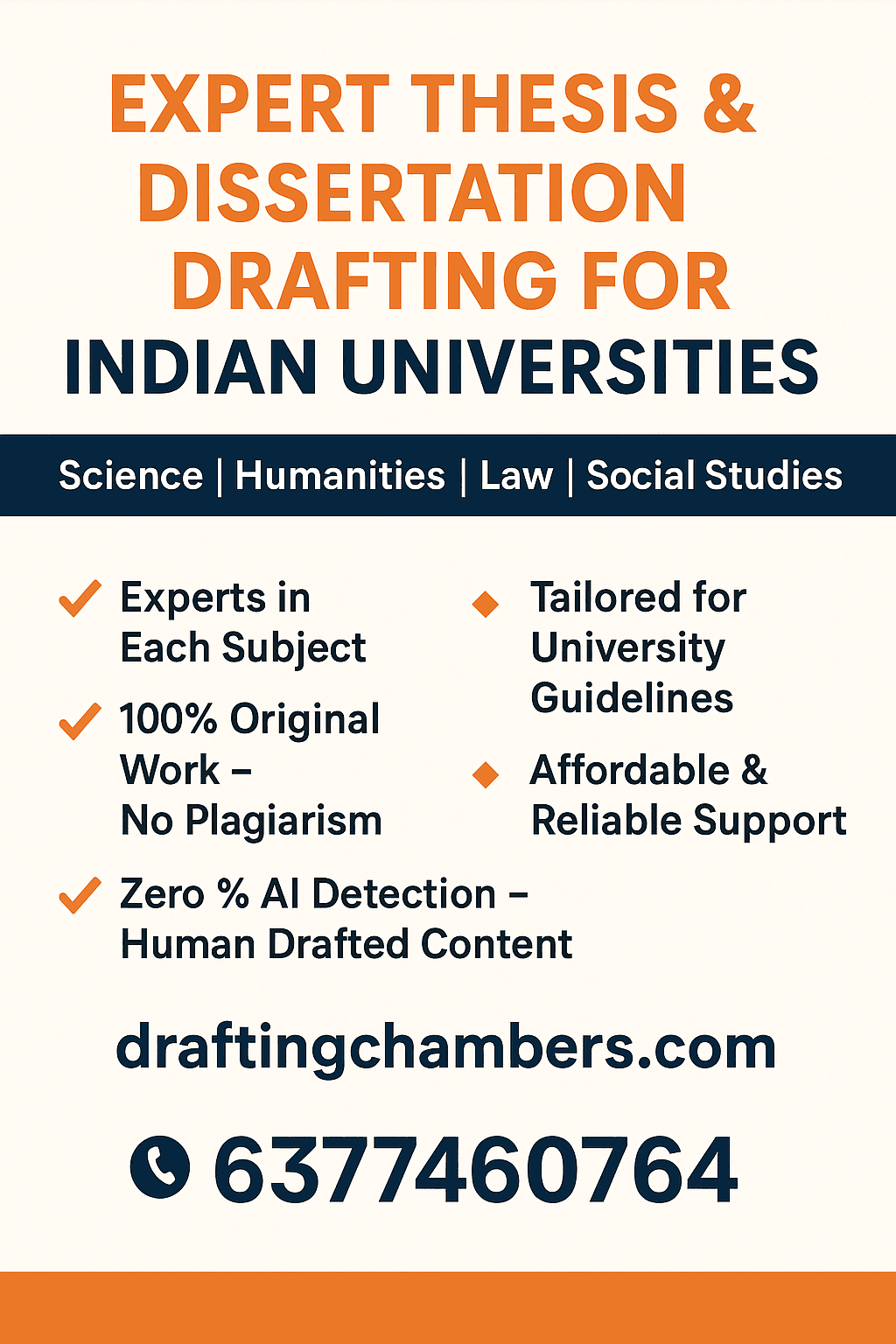
Does India Have WTO Options to Challenge the New H-1B Restrictions?
The GATS Framework: A Legal Foundation for Challenge
The main legal foundation through which India can appeal to to the WTO over the new limitations on H-1B visa would be the General Agreement on Trade in Services (GATS). GATS regulates the transparency of the international trade in services and provides four modes of supply.
Mode 4 that concerns the H-1B problem the most is the one that deals with temporary mobility of natural persons between one country and another to provide a service. This mode is operational in Indian IT related firms that usually dispatch their staff to the U.S to work on projects. The argument used by India would focus on the fact that the new charge and other limitations are defying the principles of GATS.
In particular, India might claim that the new measures are unfavorable to the principle of the most-favoured-nation (MFN), which does not allow a member of WTO to treat the services of one other member worse than the services of another member. The H-1B visa fee is not directed at India, but since most approvals of the H-1B visas focus on the country, there is a discriminatory impact. To the extent that India has failed to receive national treatment, a principle that states that foreign service suppliers should not be treated worse than domestic suppliers, India may also claim violation. These new restrictions, which have put a huge burden on the foreign companies and workers, might be interpreted as an effort at protecting the local US market.
For any queries or to publish an article or post or advertisement on our platform, do call at +91 6377460764 or email us at contact@legalmaestros.com.
Navigating Legal Loopholes and Exceptions
Although GATS offers a legal ground to the challenge by India, the US will find a number of exceptions to refer to. Article 1.4 of the GATS Annex on the Movement of Natural Persons clearly says that the agreement is inapplicable to any act that would affect individuals who are interested in gaining access to the labor market or permanent residence. It also enables nations to control temporary residence of foreigners to ensure that they guard the integrity of their borders. The US can present the case that the new H-1B restrictions come within the same exceptions and are required to safeguard the American jobs and to limit the use of the visa as a means of committing fraud.
Nonetheless, the GATS Annex further provides that these measures cannot be used in a manner that nullifies or cripples the benefits of a particular commitment. This is an area where the case of India would stand a chance. India would then have to prove that the new charges and other limitations are prohibitive to the extent that it kills the capability of Indian firms to compete in the US market hence contravening the spirit of the GATS treaty. This would be a complicated legal case in that one would have to establish the economic effect of the restrictions as opposed to showing the breach of a certain rule.
The Diplomatic and Economic Context
A legal action in WTO is a process that is time consuming and costly and has no certain result. It is because of this reason that India is also seeking the diplomatic alternatives. According to the Ministry of External Affairs (MEA), it is examining the implications of the new rules, and it is negotiating with the US authorities. Industry groups such as NASSCOM have also taken an issue with concerns that the new fees would affect the Indian tech companies and business continuity within the projects that involve physical presence in the US. H-1B visa concerns (such as increase in fees and high rejection rates) have been raised before by the Indian government using bilateral dialogue systems with the US.
For any queries or to publish an article or post or advertisement on our platform, do call at +91 6377460764 or email us at contact@legalmaestros.com.
Former Indian diplomat Mahesh Sachdev has termed the new US policy as a two edged sword because on one side it is expected to satisfy a political base but it would also hurt the innovation of America in the IT sector by limiting access to world talent. This is the economic fact that makes India have leverage in the diplomatic talks. The Indian IT firms already started to adjust by hiring more locally in the US and moving more work to India, which can help neutralize some of the undesirable impacts but will not make Indian professionals travel to the US unnecessary.
The Path Forward: Legal and Diplomatic Strategy
Since the legal framework of the WTO is complicated and the relations between India and the UAE are diplomatic, the combination of legal challenge and diplomacy measures is probably the most effective strategy that India could adopt. A formal WTO dispute has the potential to be a strong bargaining tool in bilateral negotiations.
India may resort to the formal dispute settlement process in case the diplomatic option does not work, as it has done already in 2016, in reaction to the earlier increase in the H-1B visa fee. This would compel the US to justify its policies at the international level. The most critical aspect of the successful challenge would be a strong legal argument that the new restrictions are protectionist concepts aimed at protecting the domestic labor market of the US, and not a fair regulatory action within the GATS. The result of this case will provide the future of skilled labor mobility in the global economy.
For any queries or to publish an article or post or advertisement on our platform, do call at +91 6377460764 or email us at contact@legalmaestros.com.


![JOB POST: Junior Associate at ASM Law Chambers, Jaipur [Freshers]](https://legalmaestros.com/wp-content/uploads/2025/11/Gemini_Generated_Image_8wrxer8wrxer8wrx-768x708.png)

